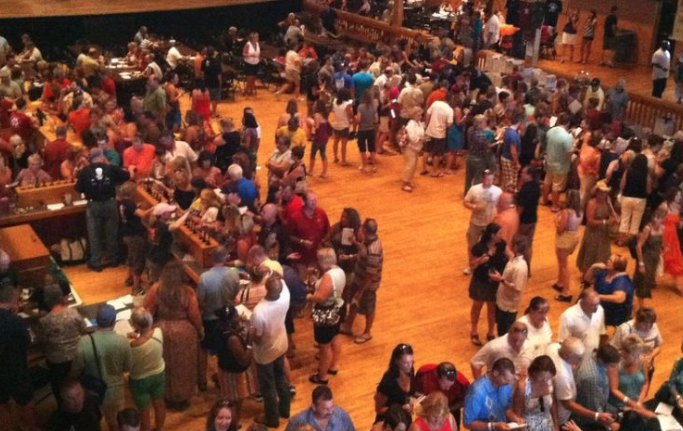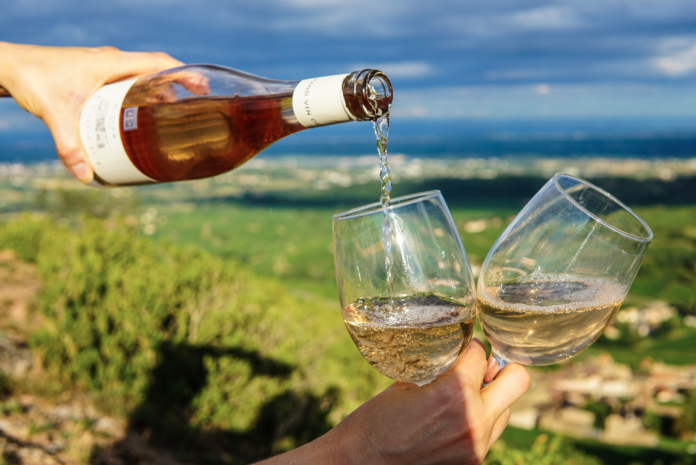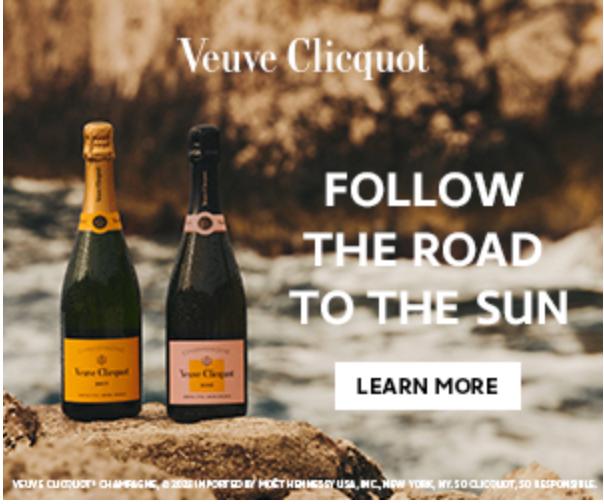Wine-Lovers, Visit Penn’s Peak to enjoy Mountain Wine Festival July 23-24
Head to Penn’s Peak in nearby Jim Thorpe for this festival which includes wine samplings from 8 local wineries.
Relax with a glass of wine on the panoramic outdoor deck with a view of Beltzville Lake and the Pocono Mountains.
Choose to stay inside and enjoy air conditioned comfort while listening to live entertainment and shopping at several local artisans pop-up shops.

Mountain Wine Festival Wineries
Shade Mountain, Tolino Vineyards, Black River Farms, Blue Mountain Vineyards, The Winery at Wilcox, Blue Ridge Winery, and of course Franklin Hill Vineyards
The event starts at 12:00 both days until 5:00pm

Mountain Wine Festival Scholarships
Part of the proceeds of Mountain Wine Festival will go to help fund scholarships to this areas future Winemakers and Viticulturists.
Tickets for Mountain Wine Festival here



